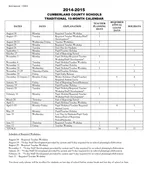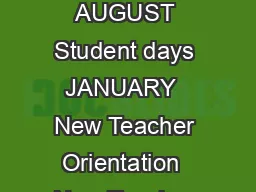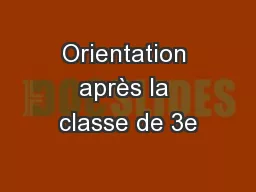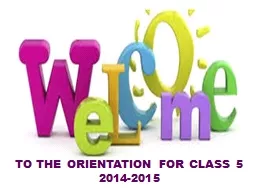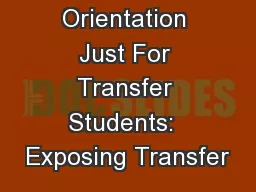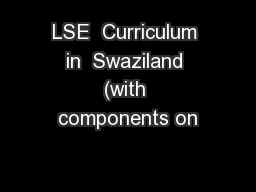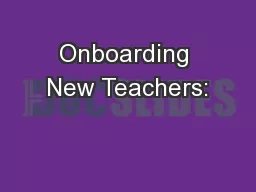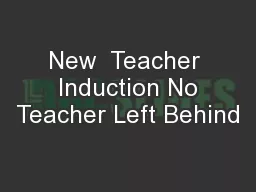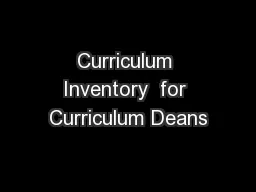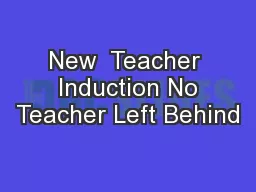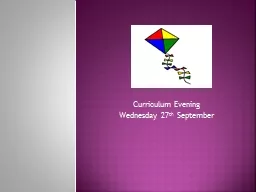PPT-New Teacher Curriculum Orientation
Author : lindy-dunigan | Published Date : 2019-06-21
Elementary Teachers Science 20152016 Science Units and Science Kits MCF GLCEs amp MSS Current curriculum created using MCF 2004 GLCEs are beinghave been infused
Presentation Embed Code
Download Presentation
Download Presentation The PPT/PDF document "New Teacher Curriculum Orientation" is the property of its rightful owner. Permission is granted to download and print the materials on this website for personal, non-commercial use only, and to display it on your personal computer provided you do not modify the materials and that you retain all copyright notices contained in the materials. By downloading content from our website, you accept the terms of this agreement.
New Teacher Curriculum Orientation: Transcript
Download Rules Of Document
"New Teacher Curriculum Orientation"The content belongs to its owner. You may download and print it for personal use, without modification, and keep all copyright notices. By downloading, you agree to these terms.
Related Documents


